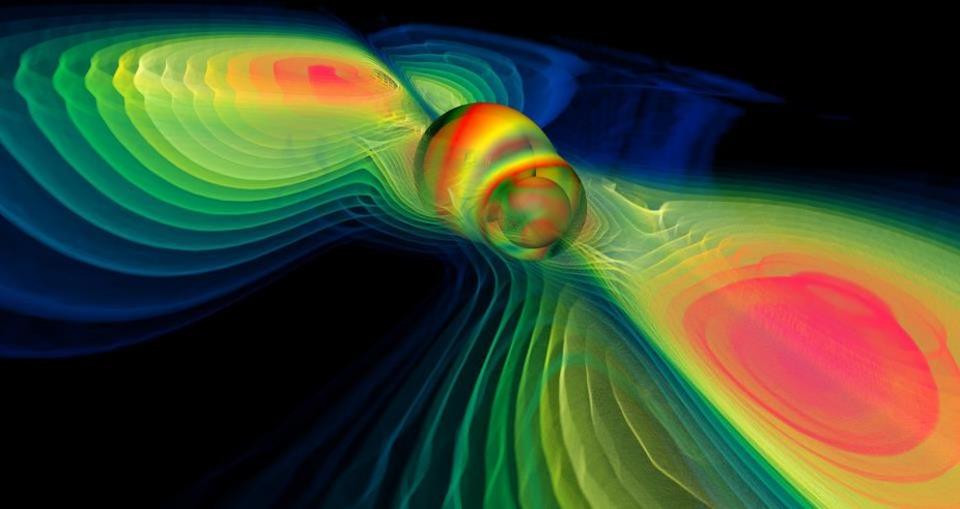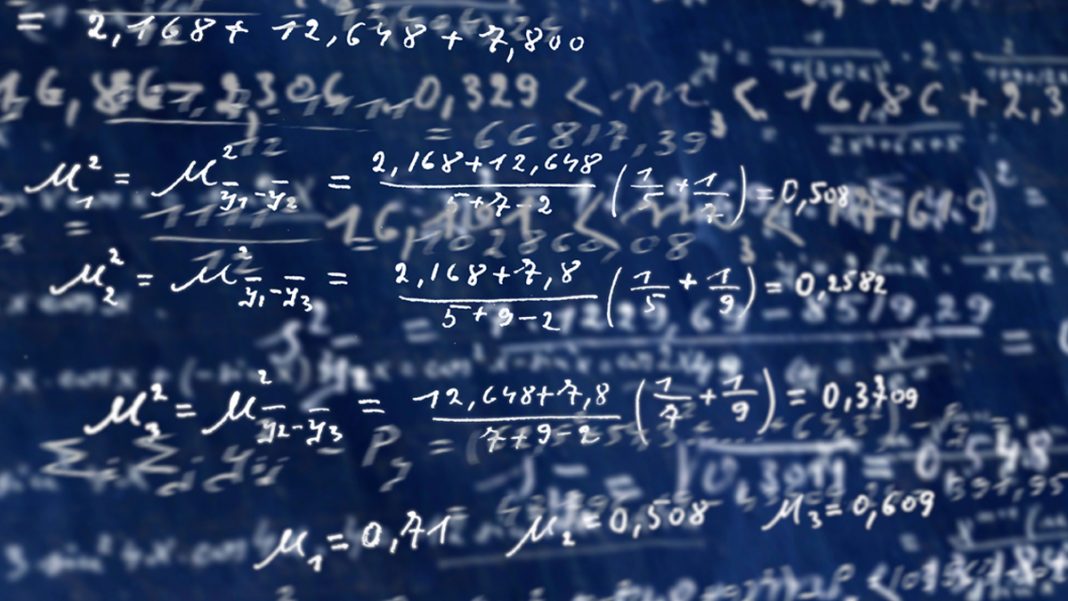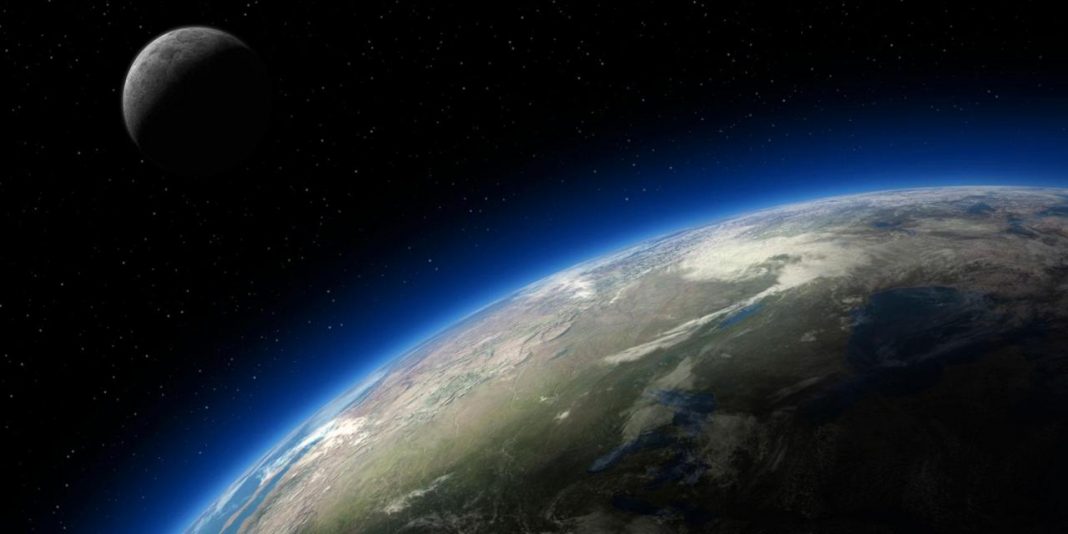To some extent, there is no sound in space. This is because conventional sound requires a medium in which to travel through before any sort of noise is produced and its done when particles compress and rarify. In space, because there are so few particles, cosmic catastrophes such as solar flares and black hole mergers go silent before they can be heard. Gravitational waves, on the other hand, don’t need anything but the fabric of space to travel through. And now, for the first time ever, with thanks to LIGO, astronomers can actually hear the Universe.
According to Einstein’s theory of General Relativity, gravitational waves had to exist in order for our theory of gravity to be consistent. To conserve energy the theory of gravity predicts that energy must be taken away in the form of gravitational waves. Although these waves are really weak they can still be detected; you just need to know how to listen to them. In September 2015 LIGO detected a signal that shocked everyone. The signal was so robust and carried so much energy that in just 200 milliseconds it would have outshone all the stars in the entire Universe put together. It turned out that the energy came from two black holes (one of 36 solar masses and the other 29). However, when they merged a single 62 solar mass one was created. So what happened to those three solar masses?
Those were converted into the gravitational waves we get rippling through space that LIGO detected. New detectors like LISA are also being developed that will be able to detect even lower frequency sounds like those emitted by neutron star mergers or feasting supermassive black holes. While new techniques are being created that will look for the oldest gravitational waves at all and bring us all the sounds of space.
More News to Read











